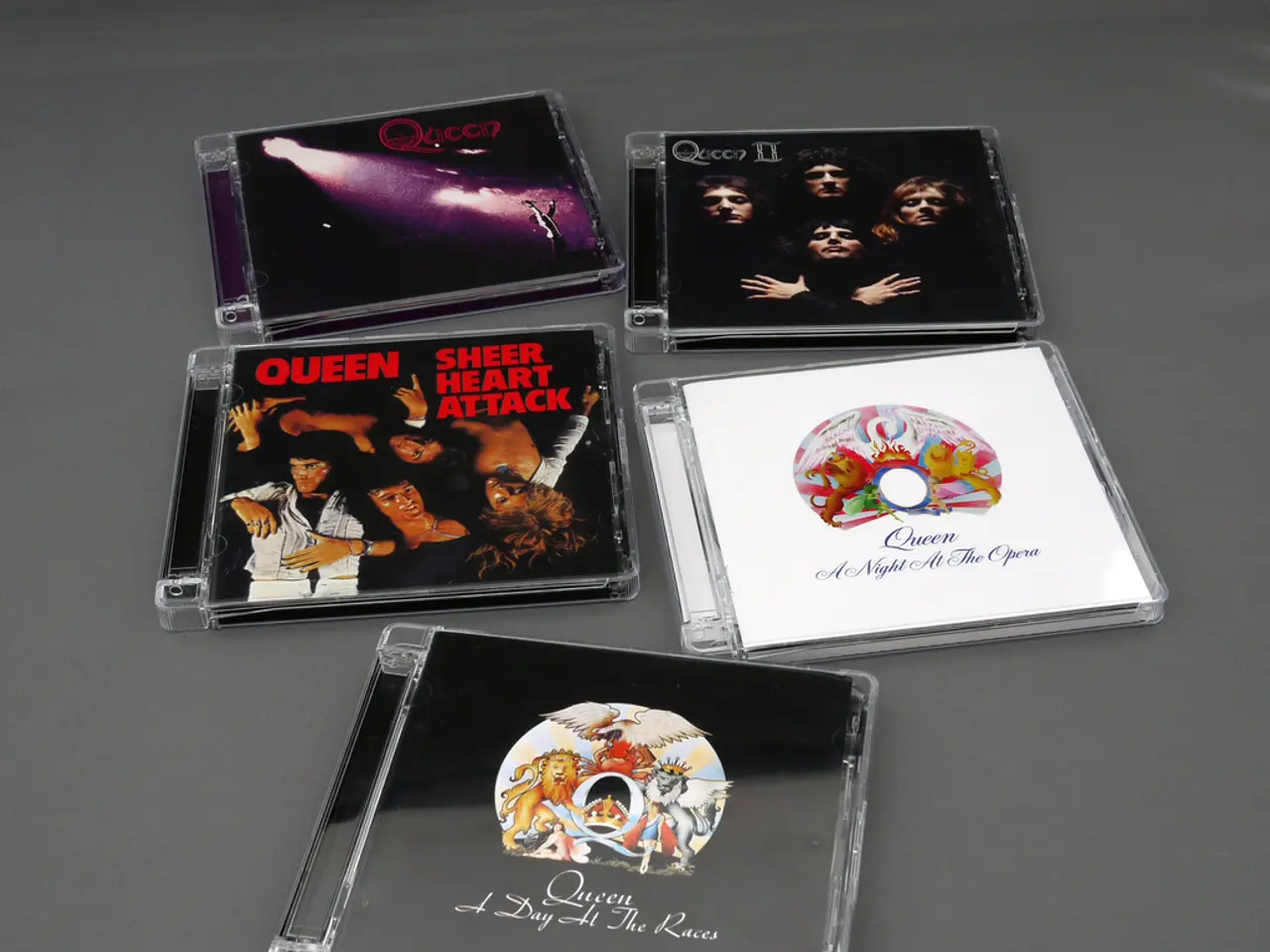Independent Film Distributors Explained: Essential Knowledge for Filmmakers
In today's dynamic media landscape, independent filmmakers have more power than ever to connect with audiences worldwide. However, understanding the intricacies of film distribution is crucial for success.
Film distribution is the process of making a film available to the public through various methods, such as theatrical releases, streaming platforms, television broadcasts, DVDs, or festival screenings. When submitting a movie for distribution, it's essential to have strong deliverables, build a community around the film, and utilise the digital tools available to today's filmmakers.
Traditional distribution involves signing with a company that takes charge of releasing and marketing a film. This often requires a sales agent to pitch the film to distributors, especially for festival debuts like Sundance, Tribeca, or the Toronto International Film Festival. However, filmmakers often have less control over how their film is marketed and released, and revenue splits typically favour the distributor.
On the other hand, self-distribution allows filmmakers to manage the release of their film themselves or with a small team. This includes using online aggregators like Filmhub or Quiver, renting theaters, promoting via social media, or selling directly from a website. Self-distribution offers full control over the film, its marketing, branding, and revenue. However, it demands more time, marketing skills, and financial resources from the filmmaker.
The choice between traditional distribution and self-distribution depends on the filmmaker’s goals, budget, and the nature of the film. Traditional methods suit those seeking wide exposure and prestige but less involvement, while self-distribution appeals to those valuing control and direct audience connection despite more effort required.
Modern self-distribution options include pay-per-view and streaming platforms, which indie filmmakers can leverage by using affordable tools and direct marketing strategies. Platforms like Filmhub are examples of new tech-driven options lowering traditional barriers and helping indie filmmakers reach audiences without middlemen.
However, it's important to remember that legal rights and licensing remain crucial considerations when self-distributing. Aggregators may take a percentage of earnings or a flat fee, but it's essential to read contracts carefully and retain rights as the filmmaker.
Resources for understanding film distribution include books like "Think Outside the Box Office" by Jon Reiss, "The Insider's Guide to Independent Film Distribution" by Stacey Parks, and "Film Marketing and Distribution: An Independent Filmmaker's Guide" by Jonathan Sadler.
In conclusion, traditional distribution provides broader access and professional support at the cost of control and revenue share, whereas self-distribution offers independence and control but requires significant effort in marketing and outreach. Indie filmmakers must carefully consider their options to set their projects up for success.
- To maximize the potential of a movie in today's media landscape, filmmakers should ensure strong deliverables, foster a film community, and utilize digital distribution tools.
- After submitting a film for distribution, securing a sales agent is vital, especially for festival debuts like Sundance, Tribeca, or the Toronto International Film Festival.
- Self-distribution empowers filmmakers to manage every aspect of their film's release, from marketing to branding and revenue, but it requires more time, marketing skills, and financial resources.
- Modern distribution options include pay-per-view and streaming platforms that can be accessed through affordable tools and direct marketing strategies, like Filmhub.
- Legal rights and licensing are essential concerns when self-distributing, and filmmakers must carefully read contracts to retain their rights and protect their earnings.




